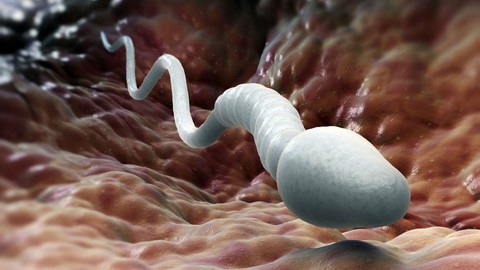
What you’ll learn
-
Normal Anatomy
-
Physiology of the sex
-
Pathology of the sex organs and function
-
Anomalies associated with the genitals
Description
Human beings are sexual beings. We are mammals. We reproduce through sexual intercourse and the female produces breast milk to nourish the newborn. This is unlike reptiles and birds who have sexual intercourse and lay eggs outside. We as mammals develop the child for 38 to 40 weeks in the uterus of our female.
Reproductive biology includes both sexual and asexual reproduction. Reproductive biology includes a wide number of fields: Reproductive systems Endocrinology Sexual development Sexual maturity Reproduction Fertility
Reproductive biology involves the scientific study of the reproductive system. Improved understanding of reproductive biology can lead to new treatments for reproductive disorders, such as infertility.
In this course, you will learn about the reproductive system including both anatomy and physiology, fertility, in-vitro fertilization, sperm, semen, menstrual cycle and disorders associated with it.
The division focuses on reproductive biology includes the study of biochemistry, physiology, endocrinology, cell biology, genetics, and molecular biology of a wide range of biological processes involved in reproduction. This research has broad applications in public health, medicine, and agriculture, including contraception, infertility, reproductive toxicology, animal science, and oncology.
Fertility is the quality of being able to produce offspring through reproduction following the onset of sexual maturity. As a measure, the fertility rate is the average number of children that a female has in her lifetime and is quantified demographically. Fertility is most commonly considered when there is a difficulty or an inability to reproduce naturally, and this is also referred to as infertility.
Who this course is for:
- Everyone






